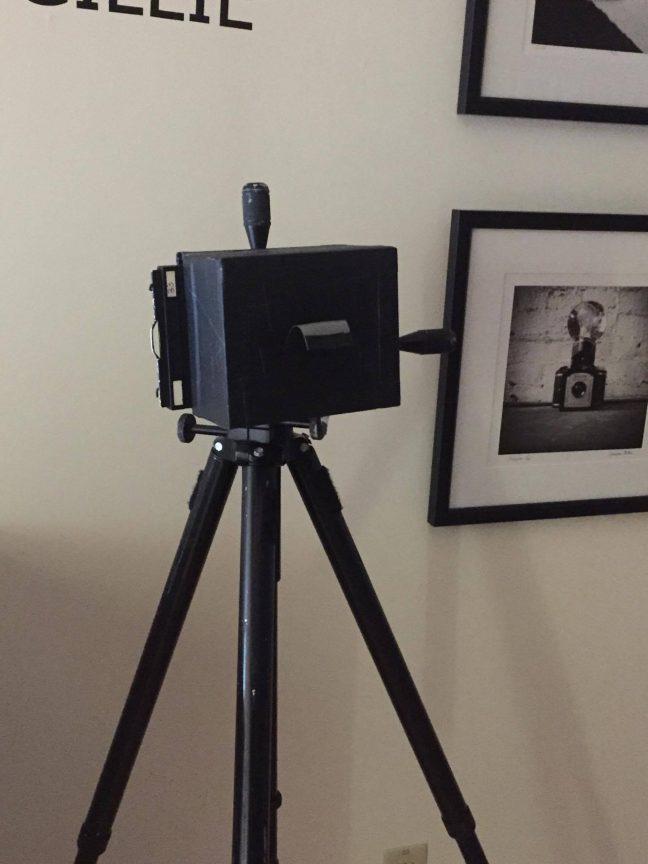Pinhole photographer Cameron Gillie explores the world through a small hole in a light-box. The result is beautiful artwork, on display in Memorial Union’s 1925 Gallery.
The exhibit, ‘A Pinhole Thing,’ features Gillie’s black-and-white photographs, created after the original images were projected onto film. Gillie has taken photography back to its roots and away from the digital manipulation that so often embodies today’s photographic landscape.
Reflecting a life well-travelled and past career as a photo-journalist, Gillie’s images range from Wisconsin’s own Bascom Hill to Istanbul’s famed Blue Mosque.
It is in the simplistic photos of nature — juxtaposing shots of bustling city scenes — where Gillie’s talent really shines. One photo, titled ‘Three Sisters,’ shows three lone trees at what appears to be dawn. It reflects an eerie calm — awe-inspiring and sinister at the same time. It allows us to both simultaneously appreciate nature and fear it, as if imagining being stranded in a deserted forest in a scene from a horror movie.
Another one of Gillie’s nature shots, titled ‘Before Dawn,’ fills the viewer with similar emotions and allows a personal appreciation for the quiet tranquility of nature.
Pinhole cameras bring unique effects to photography, and these effects are highlighted throughout the exhibit. In ‘Devil’s Doorway,’ the shot of light bursting through the landscape enraptures the audience, and leaves the viewer wondering just how the image could possibly have looked so beautiful if it were taken digitally.
Gillie himself is very aware of the stylistic benefits of using a pinhole camera to take photos — particularly when taking shots of nature.
“[Pinhole photography] taught me a lot about the way I see the world,” Gillie said.
This is a sentiment the audience can share too, with the flashes of light and differing shadows forcing us to examine our own relationship with perception of different spaces.
Fans of Gillie’s work also have the option to purchase some of the photos on display, allowing them to take home a piece of Gillie’s creativity. The themes of experimentation and innovation are certainly present throughout his work.
“The limitations and simplicity of the pinhole camera make photography new again for me,” Gillie said.
‘The Pinhole Thing’ will be displayed until Oct. 27 at the 1925 Gallery in Memorial Union.


